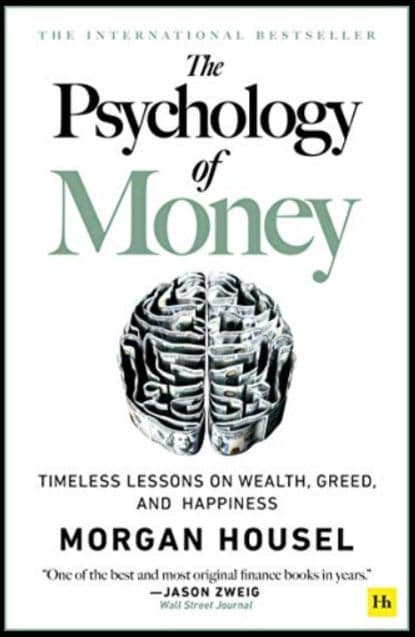Depending on plan specifics, the answer could be yes! Below are the plan characteristics we look for to make that determination:
- A 15% discount on the stock price at the beginning or end of the purchase period, whichever is lower. For example, if the stock price rises over the accumulation period, you’d benefit from a price discount of more than 15%. That’s the ideal, but even if the plan only offers a discount on the share value at the end of the period, participating might still make sense.
- The opportunity to sell as soon as the period ends – with no restrictions, black-out periods etc. Many plans allow participants to elect an automated sale at the end of the period, which we highly recommend.
- The firm that custodians the plan (E*Trade, Fidelity, etc.) has reasonable trading costs to sell your shares.
- Lastly, we prefer plans that allow you to bail in the middle of an accumulation period as needed. Of course this is only important if you plan to cycle a large percentage of your available cash cushion through the plan.
How does this recipe yield guaranteed return?
- Allocate a percentage of pay to the plan (up to 15%, typically).
- At the end of the period (typically 6 months later) the cash accumulated will be used to purchase the discounted shares of your company stock.
- Sell the shares immediately (automatically, if that option is available)!
- Your gain will be subject to ordinary income tax. Let’s say you have a high earner and owe 60% in total income tax (fed, state, local). That would mean your 15% gain is still a 6% gain after taxes.
Is participating in the ESPP better than pursing a higher rate of return elsewhere? Maybe…
- If you compare the absolute returns of a stock yielding 10% returns and subject to only long term capital gains tax (instead of ordinary income tax), the answer is no. You wind up with more money, in the end, earning 10% on your stock purchase, than getting the 15% discount after taxes.
- However, if you compare these options on a risk adjusted basis, it’s no contest. A 6% after-tax return with no risk is preferable to an 8% after-tax return that carries significant variability of return.
What else might I compare the “opportunity cost” of my ESPP funding to?
- Having a thoughtfully-positioned cash reserve in the event of emergency is essential. But if you can’t accept risk, you can’t expect much in the way of return. Today’s best FDIC-insured cash instruments yield less than two percent. Having six months of your expenses earning so little is necessary for the security it provides. However, if you can access your ESPP pool in the middle of the accumulation period, the funds are available in the event of emergency, but in the meantime; your cash is earning substantially more with more with very little risk.
- The same principle applies to extra payment you make to your mortgage. The interest rate on your mortgage is less than the 6% (high tax scenario) return described above. So why not stop you’re extra mortgage payment for six months while you get your ESPP started and then return to making those payments after your ESPP seed money is filtering through that higher returning system. If getting your mortgage paid off is the goal (a topic for another post), you then can start applying the gain from the ESPP, in addition to your extra payments, and get there sooner.
What’s the catch?
- As with everything, details matter. You have to make sure your ESPP is organized in a way that makes all this possible.
- If the plan is a good one, then you need to establish systems to use it effectively:
- Capture the gains and put them to good use
- Sets aside cash to cover the tax liability your gains create
- Supplement your day-to-day cash flow from another source for the first six months your after-tax pay is reduced (by as much as 15%!).
